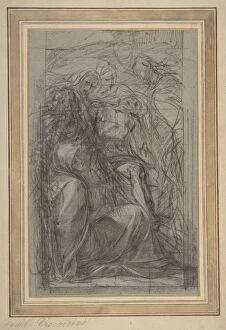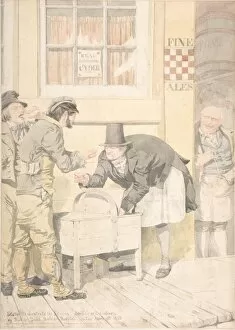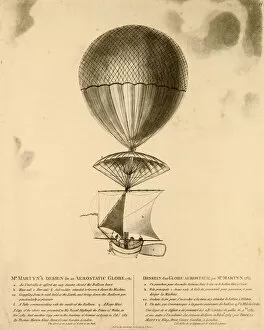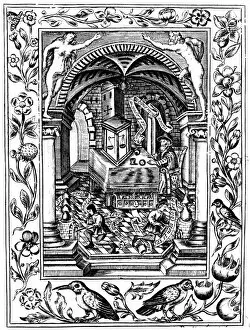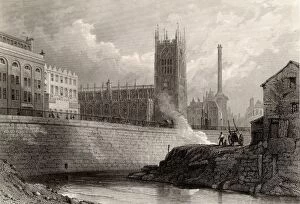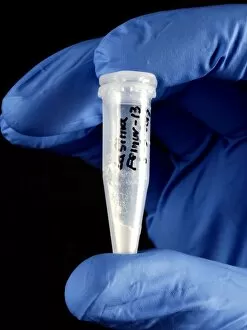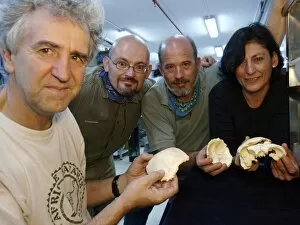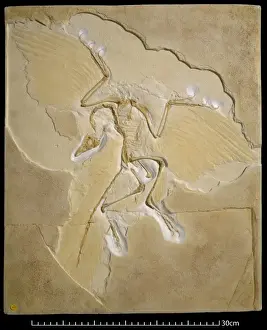Earliest Collection (page 5)
"Unveiling the Earliest Traces: From Stone-Age Cave Paintings to Pioneering Feats" Step back in time and witness the earliest glimpses of human creativity
All Professionally Made to Order for Quick Shipping
"Unveiling the Earliest Traces: From Stone-Age Cave Paintings to Pioneering Feats" Step back in time and witness the earliest glimpses of human creativity, as we explore the captivating world of ancient cave paintings. Journey to Chauvet, France, where these mesmerizing Stone-Age artworks transport us thousands of years into the past. The intricate depictions on those walls reveal a profound connection between our ancestors and their surroundings. But let's not confine ourselves solely to visual artistry; let's delve into history itself. Enter The Code of Hammurabi, an ancient Babylonian legal text that provides invaluable insights into early civilization's social structure and justice system. This remarkable artifact showcases humanity's quest for order amidst chaos. Now brace yourself for a spectacle like no other – Zazel, also known as the Human Cannonball. Witness this daredevil performer defy gravity with death-defying leaps through space. A true pioneer in entertainment, Zazel captivated audiences worldwide with her breathtaking stunts that pushed boundaries and redefined what was possible. Shifting gears once more, we find ourselves face-to-face with Archaeopteryx fossil specimens from Berlin and London. These extraordinary discoveries bridge the gap between dinosaurs and birds, offering compelling evidence for evolution over millions of years. They remind us how life has evolved through countless iterations before arriving at its present form. Returning to artistic expressions that transcend time barriers, we encounter Mr Fezziwig's Ball immortalized by John Leech in Charles Dickens' timeless classic A Christmas Carol. Through this enchanting illustration, we catch a glimpse of Victorian-era festivities filled with joyous dancing and merriment—a reminder that traditions have always played a vital role in shaping our cultural fabric. And finally, let us marvel at Anna Atkins' Schizonema Smithii cyanotype print from 1853—an exquisite example of early photography techniques pioneered by women artists like Atkins.



